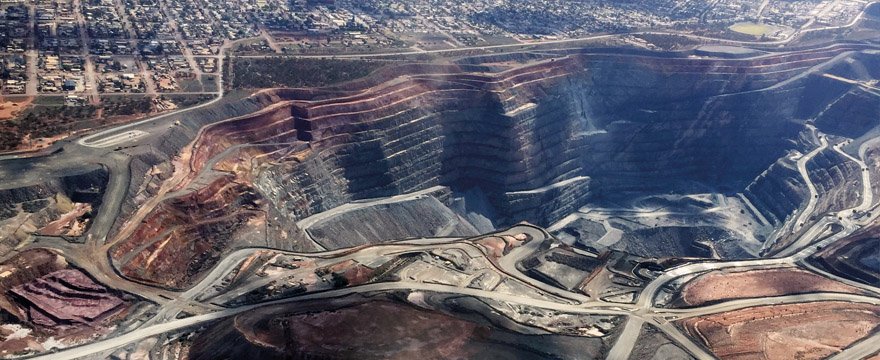AUSDRILL’S SUCCESS STORY – “Blood, sweat and tears”
Developing DTA’s drilling consumables to their current level of excellence was a long and hard learning curve. Looking back, it was all well worth it. These days Ausdrill is the one to raise the standards to its competitors.
David Hart, Area Manager at Ausdrill Ltd, recalls being one of the first customers to use DTA’s products:
“When I look back on the whole process, I realise now that this could not have been done without some ‘blood, sweat and tears’, and also not without close co-operation between Ausdrill’s and DTA’s personnel. The tight relationship between Ausdrill and DTA was a stroke of luck! DTA was able to make improvements and changes to the products on short notice, and Ausdrill was able to trial those changes just as fast. This made the whole experience less painful than it could have been. There was some frustration, but also satisfaction along the way to producing and developing a product that today will hold its own against the competition. It was a great learning experience!”
At the Super Pit operation we are required to drill approximately 190,000 metres per month. The size and depth of the holes vary, as does their purpose; we have 20,000 metres of grade control holes, 50,000 metres of probe holes and the remaining 120,000 are blast holes. Grade control holes are designed to define the ore body boundaries within each bench prior to blasting. The blast holes are loaded with explosives and the blast fractures the soil into pieces suitable for loading and hauling. Probe holes are designed to define the border
between safe ground areas and potentially unsafe areas, where old underground workings are present.
“Prior to Kalgoorlie becoming the ‘Super Pit’ in the late 1980s, there were many different gold leases owned by different prospectors and lease holders in the area. The majority of the individual gold operations across the Golden Mile (now the site of the Super Pit) were underground operations. The combined length of the underground workings is over 2,000 kilometres, and the size of each mine varies according to the era and methods used at the time. In the 20-plus years that Ausdrill has been working in the Super Pit, I know of one case where a drill rig partly fell into some old underground workings. It couldn’t be retrieved, so it was blasted and dug up with the rock. The operator survived the incident,” Hart says.
Ausdrill uses DTA products at all of their 10 drill and blast sites in Australia and also on some exploration division drill rigs. The most common products are the 4- and 6-inch blast hole hammers and bits used for drilling holes from 115 through to 165 mm. We additionally use a few 7- and 8-inch hammers for drilling hole sizes from 203 to 251 mm and reverse circulation hammers for grade control and RC exploration.
The manufacturing business in Australia is very challenging financially, and many companies have either left Australian shores and set up in India or China to reduce their costs or closed up shop altogether.
“Continuous improvement will be required to keep DTA’s products in the markets and to meet the competition headon,” Hart believes. “A lot of competition stems from the price dumping due to hand-made products from China and India.”
DTA uses robotic machines to contain labour costs, while still maintaining high reliability and proven quality in production. While it is apparent that more and more competitors are entering Ausdrill’s market, the company is determined to stay focused and have fun along the way. It is “cost per metre and reliability” that will win out in the end, Hart concludes.
Picture: KCGM Kalgoorlie Super Pit – Ausdrill has been the production drilling contractor at the Super Pit for many years.
